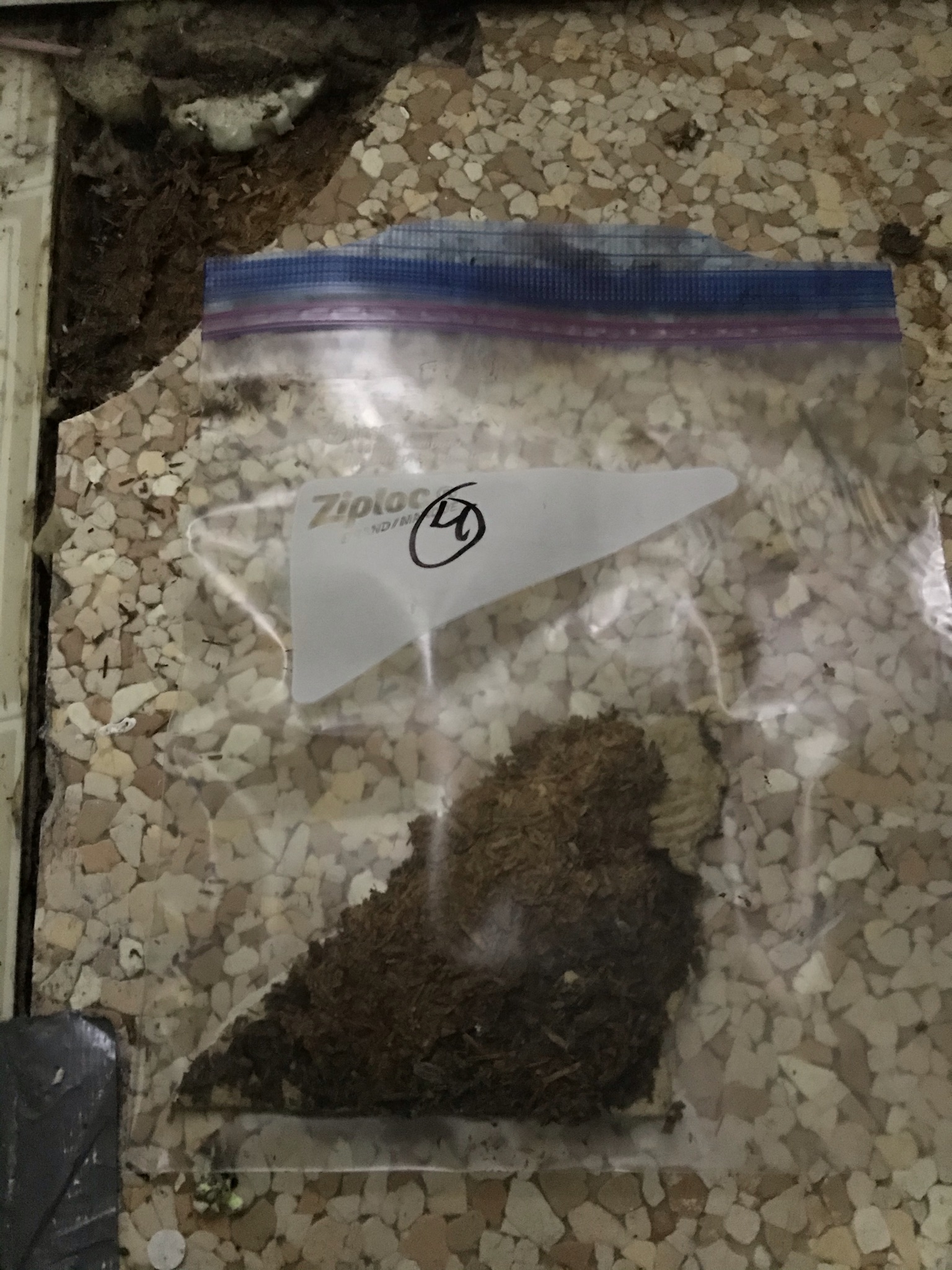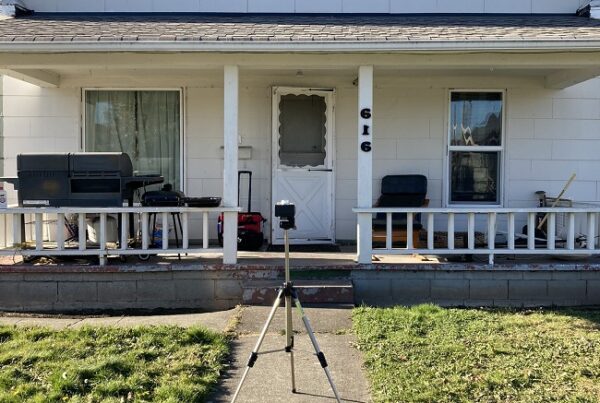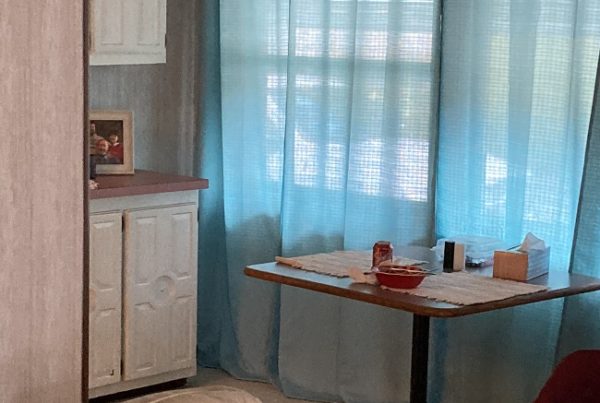
You have some popcorn ceiling texture at your house that you don’t want to look at anymore and would like it removed, and you’ve heard that it can have asbestos. So you want to have it checked by an asbestos testing lab to find that out. But before you do, you would like to know what method is used to detect asbestos.
What sampling methods are used to detect asbestos?
The first line of detecting asbestos is to perform sampling of asbestos-containing material for the substance’s presence. Let’s look at each method.
Air sampling involves the use of a battery-powered, or a mechanical pump plugged into an outlet. The pump is first calibrated to a set airflow for a specific duration of time and draws in the air into a sealed plastic cassette housing a filter that will collect asbestos fibers.
There are two air sampling methods, each using a different type of pump: personal air sampling and area air sampling. With personal air sampling, a small battery-operated pump with a belt clip is attached to the wearer’s belt, usually an asbestos worker to monitor their exposure to asbestos fibers during abatement work for their safety. The pump is connected via flexible plastic tubing to a cassette sitting on its shoulder, pointing downward to collect asbestos fibers during exposure.
For area air sampling, There is also a mechanical pump used for area air sampling. These pumps are usually high volume, meaning that they can be calibrated for more increased airflow and connected to a power outlet. Flexible plastic tubing is attached to the pump on one end and attached to a sampling cassette with a filter on the other end, with the cassette being held by an adjustable stand.
What is bulk sampling asbestos?
Bulk sampling of asbestos is the process of collecting physical pieces of suspected asbestos-containing materials for analysis under PLM—Polarized Light Microscopy, or TEM—Transmission Electron Microscopy for the presence of asbestos. Material such as pipe or boiler insulation sprayed on acoustic material, vinyl floor sheeting or tile, and plaster are some examples of asbestos-containing material, to name a few. The material is bagged and tagged, and recorded on a log called a chain of custody form. All schools, public and commercial buildings must employ an accredited asbestos inspector for the survey and collection of asbestos-containing material for analysis.
During a survey to collect suspected asbestos-containing material, the inspector must wear an approved respirator and protective clothing. He will gather the samples by cutting small pieces of the asbestos-containing material and place them in a small jar or sealable bag. Other methods to obtain suspected asbestos-containing material include using cellophane tape kits to collect settled dust samples, a micro vacuum pump, or a wipe test.
The samples are then sent to an asbestos testing lab for analysis under Polarized Light Microscopy or Transmission Electron Microscopy, which can determine the presence, type, and percentage of asbestos fibers.
5 Microns Inc performs both air and bulk sampling of asbestos-containing material. All our inspectors are accredited. Please don’t hesitate to contact us with any questions or concerns regarding asbestos sampling. We are happy to assist you. I hope this article was helpful, and I look forward to hearing from you soon.



